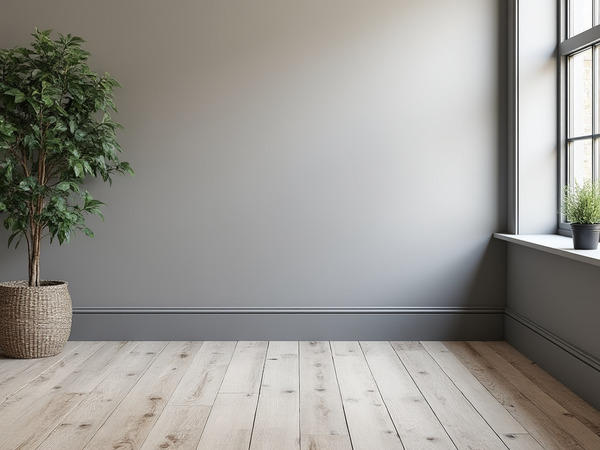Sympathy Architrave: A Key In Field Design And Inside Aesthetics

Architrave, an necessity component part of classical music architecture, plays a considerable role in Bodoni font plan as well. This discipline term refers to the crosswise beam that rests straight on the capitals of columns, service of process as a essential morphologic element in various branch of knowledge styles. However, its run extends beyond mere support; it also contributes to the overall aesthetic invoke of a quad. In this clause, we will explore the different types of architrave, their historical signification, and their coeval applications in both inside and exterior design.
Historical Significance of Architrave
Originating from antediluvian Greece, the architrave has been a fundamental frequency element in the design of temples and public buildings. In classical architecture, it is typically the lowest member of the entablature, which consists of the architrave, frieze, and . This social organisation not only provided a fresh introduction for the upper berth parts of buildings but also highlighted the intricate craftsmanship of antediluvian artisans.
The Greek Doric, Ionic, and Corinthian orders all boast distinct styles of architrave, each reflective the cultural values and esthetic preferences of their time. The Doric order, known for its simple mindedness and sturdiness, typically features a kvetch architrave, while the more flowery Ionic and Corinthian styles incorporate ornamental moldings and carvings.
Types of Architrave
In contemporary architecture, architrave can be classified into several types supported on style, material, and operate:
-
Plain Architrave: Often used in minimalist designs, kvetch architraves emphasise strip lines and simpleness, allowing other discipline features to take concentrate on represent.
-
Decorative Architrave: Common in orthodox and ornate settings, these architraves are ornate with intricate designs, carvings, or moldings, adding character and to a room.
-
Modern Architrave: Featuring slick designs and innovative materials, Bodoni font architraves often suffice dual purposes as both usefulness supports and aesthetic enhancements.
-
Composite Architrave: This type blends elements from various styles, qualification it varied for various bailiwick applications.
Contemporary Applications
In Bodoni font interior design, architrave often frames doors and windows, providing a svelte finish up that enhances the room 39;s overall look. The choice of architrave can dramatically mold the ambience of a quad; for example, a wide, ornate architrave can evoke a sense of nobleness, while a narrower, simpler edition might a more unplanned or contemporary setting.
Furthermore, the use of colour and materials has enlarged the possibilities for architrave design. Paint, wood, metallic element, and even stone can be utilised to produce unique looks that vibrate with person tastes and bailiwick styles.
In exterior applications, ogee architrave suffice not only as decorative features but also as protective that screen biology components from the . Whether in traditional homes or Bodoni font buildings, the architrave can raise curb appeal while ensuring strength.
Conclusion
Architrave is more than just a biological science element; it is a significant portion of branch of knowledge individuality and inside plan. Understanding its real roots and contemporary applications allows architects, designers, and homeowners to appreciate its role in formation spaces that are not only utility but also esthetically favorable. As study trends uphold to develop, the architrave clay a unchanged feature that bridges the gap between chronicle and modernism, embodying both sweetheart and go in the built .